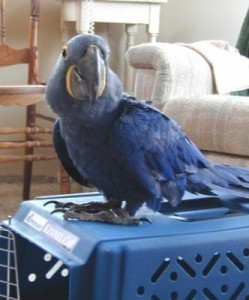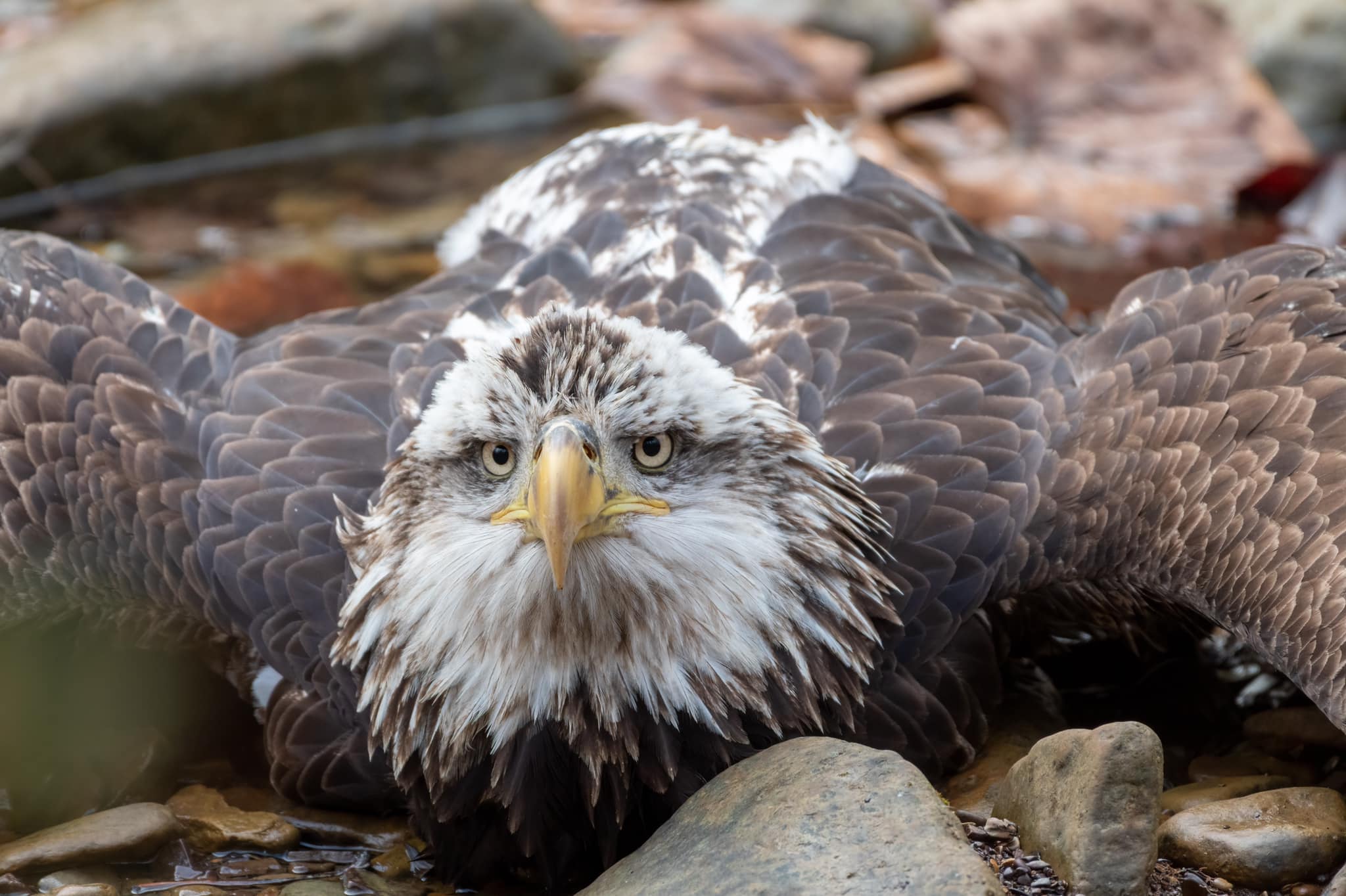
This will allow the parents to return to tend to the eggs or young.
If you or your dog find a nest, please do not disturb the nest and leave the area. Ducks, geese, quail, pheasant, and burrowing owls for example, nest on the ground (or in burrows for burrowing owls). If the parents do not return to care for the baby birds after 2-3 hours, please contact your nearest bird rescue center, wildlife hospital, or wildlife rehabilitator. You can even place the original nest in the carton and/or line it with dry grass, laundry lint, shredded paper, or even torn cloth. The important part is to ensure the newly created nest is open an accessible for the parents. Artificial nests or even the original nest can be secured to the branch or tree with string or wire. The baby bird’s parents will return to find and care for it. Place this artificial nest as close to the original nest as possible and in the same tree. Tupperware, a cut milk carton, small basket) to serve as an artificial nest. If the nest has been damaged or you cannot reach the nest, you can use an open container (e.g. Nests and baby birds that may not be able to survive on their own such as those that are not fully feathered, have their eyes closed, or still have a lot of downy feathers, should be returned to the tree or nest if possible. Crow parents are very protective and will continue to feed and safeguard their offspring. For example, young crows often leave their nests before they can fly and begin exploring and hunting from the ground. Often times these fledglings are near their nests and may still be attended to by their parents. If you must move the bird to prevent injury or death, please relocate to a nearby safe place such as shrubs or bushes. found in or near a street, on the ground in your backyard when you have dogs or cats), they should not be moved. 
Unless fledglings are in immediate danger (e.g.

These fledglings may simply be learning to fly, which is a normal part of growing up and leaving their nest.Young birds about to fledge their nests may be seen on the ground, in shrubs or on low tree branches.






 0 kommentar(er)
0 kommentar(er)
